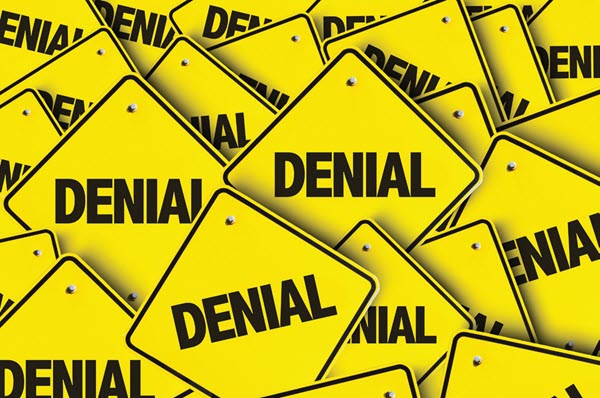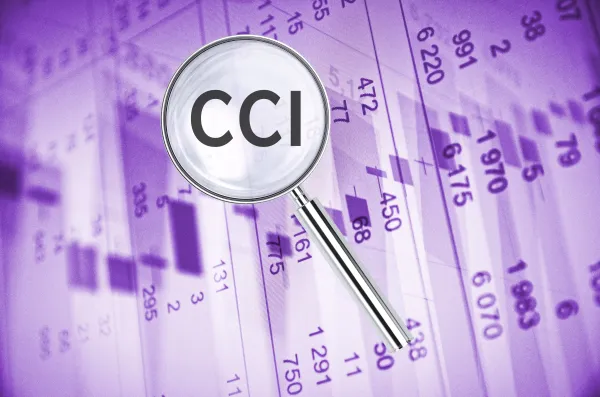Tackle These Common Claim Denial Issues
Use comprehensive documentation for significant claim denial reduction. Understanding and maneuvering through the intricate realm of medical billing and coding can be a daunting task, particularly when it comes to preventing claim rejections. It’s vital to comprehend how comprehensive documentation can aid in avoiding such denials. Below are some practical tips to help you minimize claim denials and ensure a smoother billing process. “Denials have been steadily increasing since 2016,” says Holly Ridge, BSN, RN, CPC, CPMA, manager of medical necessity and authorization denials for Duke Health in Durham, North Carolina. Remember: Coders are specialists, and knowledge of persnickety details is crucial to success. “There are people in the office that don’t understand that if there are seven characters required, that there may be placeholders needed for the 5th and 6th character to get that to a D or S,” said Jennifer Swindle, RHIT, CCS, CCS-P, CDIP, CPC, CIC, CPMA, CFPC, CEMC, AAPC Fellow, in a presentation titled “Top Denials and how to work them effectively and prevent them in the future” at AAPC’s 2023 virtual REVCON. Beware of Ripple Effects Sometimes, denials happen because too many dominoes fall. Having a set-in-stone, comprehensive policy of verifying patient insurance can forestall a host of denials. “One of the most common times you’ll see a timely filing denial is when you file to the wrong payer,” Swindle said. For example, a claim may get denied because it wasn’t filed in a timely fashion — but then you find out that the claim was filed with a payer that no longer covers the patient. So, by the time the billing staff figures out what went wrong, the claim submission to the correct, current payer is no longer timely. Remember, payers set their own rules about when claims must be filed, so you and your billing staff need to keep the rules straight for each respective payer — and claim. In this situation, some payers may provide a little grace, if you can produce some proof. If you can produce documentation proving that you sent the claim and it was received by a payer within the allowed timeframe, that gives you “a little bit more leg to stand on, to show, ‘Hey, we did our job and we got this out the door,’” Swindle said. It’s crucial to make sure you’re monitoring the claims you submit, because some timely filing denials may be your responsibility, even if you got them out the door on time and to the correct payer. “Sometimes payers say, ‘We didn’t get a claim.’ You sent it, you’ve got records in your system, you show where the claim was generated — but they never received it. If they didn’t receive it, and you get a timely filing denial, that’s still on you, because they didn’t have it. So, you want to really monitor those,” Swindle warned. Beware the Foibles of Hard Copies While a lot of payers accept claims electronically, some providers and payers use hard copies. Mailing records involves several situations where things can go wrong and result in a denial. Swindle suggested providers submitting paper claims and receiving denials on those claims should check these data points: If you have a payer that routinely says they’re not receiving claim submissions, consider sending some claims via certified mail. “I certainly don’t recommend that you send everything certified. It can get very cost prohibitive if you’re doing it on everything you’re sending,” Swindle said. If you don’t have that certified mail signature as evidence, it’s almost impossible to prove that you mailed a claim, she explained. Understand How Situations Are Affected by Modifiers Modifiers can impact many facets of documentation, but their impact on the revenue cycle may be outsized. “Modifiers can be a problem if they are overused, misused, or not used. All have a different risk,” said Swindle. Claim denial example: Suppose you bill four units of 28108 (Excision or curettage of bone cyst or benign tumor, phalanges of foot) with various modifiers for the toes, including 51 (Multiple procedures) and 59 (Distinct procedural service), but Medicare rejects the claim with a denial code 151 response, which states that they adjusted the payment “because the payer deems the information submitted does not support this many/ frequency of services.” “You would not expect to utilize modifier 51 for multiple procedures with Medicare as they advise against applying it to claims. Modifier 59 also should not be used when another more appropriate modifier is used. Unless the payer requires it, a laterality modifier should cover the scenario for each code within the approved two codes per the Medically Unlikely Edits [MUE],” says Jennifer McNamara, CPC, CCS, CRC, CPMA, CDEO, COSC, CGSC, COPC, director of healthcare training and practice support at Healthcare Inspired LLC. Bella Vista, Arkansas. In this case, the issue is likely related to the MUE. For the CPT® code 28108, the MUE value is set at 2, which represents the maximum units of service (UOS) typically reported for a single patient on a single day. However, you’ve performed and billed for four units of the CPT® 28108 procedure. The remark code confirms that this discrepancy is indeed due to an MUE issue. At this point, you would appeal the denial with a cover letter and medical records to prove medical necessity for the additional procedures on the same date of service. Solve Modifier Muddles by Understanding NCCI Edits Reporting a service without a correct modifier may lead to denials with explanations like the service being inclusive with another service, services integral to another service, services bundled, or services not payable with another service. A working knowledge of appropriate modifier usage, including being aware of any National Correct Coding Institute (NCCI) edits and the allowed number of MUEs, is crucial for getting claims paid. And remember, even in situations where a modifier is allowed, it may still not be appropriate. Any modifier usage can and should be supported by documentation. “We want to make sure that we’re not using modifiers to get paid when it’s not appropriate that we get paid. But we want to make sure we’re using modifiers when we need to, to get appropriate reimbursement,” said Swindle.





